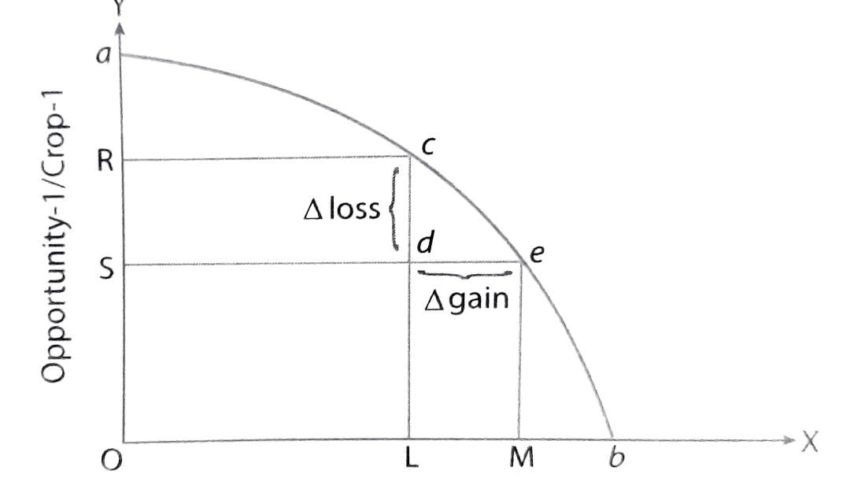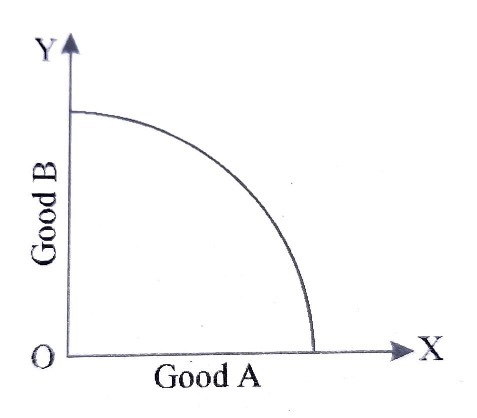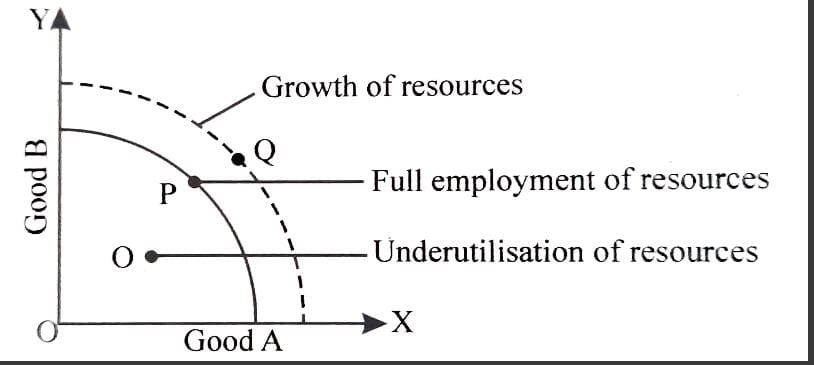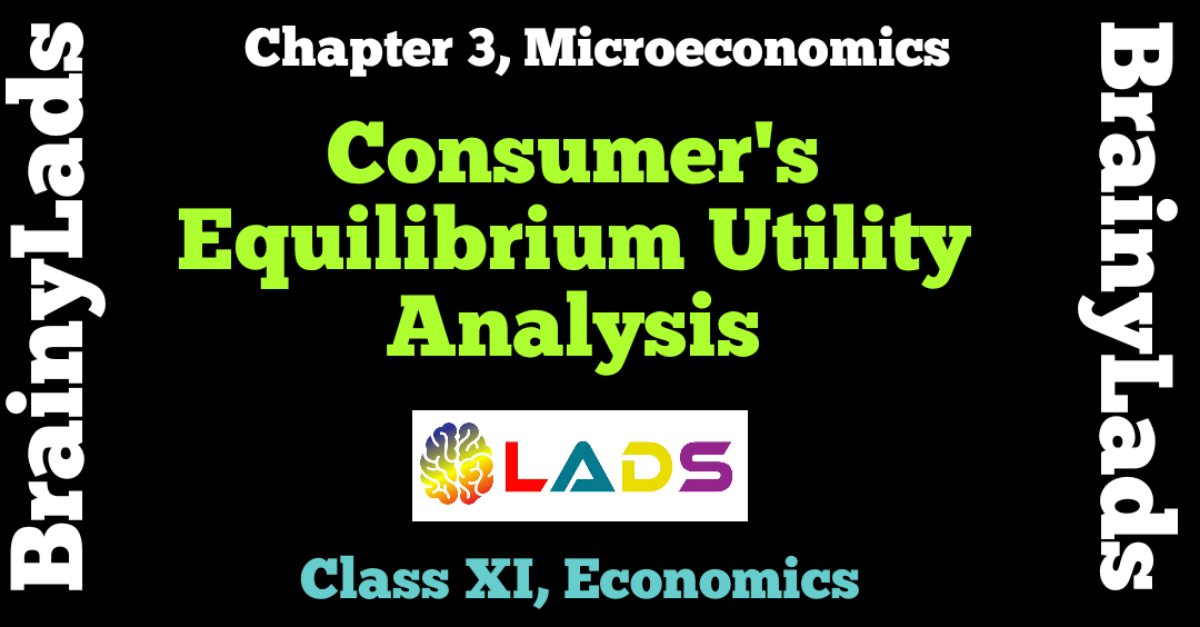Central Problem of An Economy Class 11 | Chapter 2 | Microeconomics |
Table of Contents
Central Problem of An Economy Class 11 | Chapter 2 | Microeconomics |
Central Problem of An Economy
There are three central problem of an economy
- What to Produce ?
- How to Produce ?
- For Whom to Produce ?
What to Produce?
An economy has to decide what type of goods and services are to be produced and in what quantity they are to be produced in an economy. Goods are classified in 2 types consumer goods and capital goods. Consumer goods are essential goods that help in satisfying the want and capital goods are goods which help in production. Production of both the goods are important.
Now the question arises whether capital or consumer goods to produce and if yes, how much?
Solution of What to Produce in Different Economy
- In Market Economy, A producer will produce goods which maximize profit.
- In Planned Economy, Government will produce goods which offer more social welfare.
- In Mixed Economy, The goods will be produced which offer high profit as well as social welfare.
How to Produce?
How to produce means the technique of production. There are 2 technique of production i.e labour intensive technique (helps in increasing employment) and capital intensive technique (helps in increasing efficiency)
Now the question arises which technique to be used for production.
Solution of How to Produce in Different Economy
- In Market Economy, A producer will use technology which increases efficiency i.e. Capital intensive.
- In Planned Economy, Government will use technology which reduce unemployment i.e. labour intensive.
- In Mixed Economy, The goods will be produced using both the technology.
For Whom to Produce?
Every economy has 2 sections of society The rich and The poor. Social welfare will increase if good will be produced for poor but profit would become low. If we produce goods for the rich, our profit will increase but social welfare will decrease.
Again the problem of choice arises.
Solution of for Whom to Produce in Different Economy
- In Market Economy, A producer will produce only for rich section.
- In Planned Economy, Government will produce for poor section.
- In Mixed Economy, Goods are produced for both the sections.
Opportunity Cost
It is the cost of sacrificing the next best alternative/opportunity for availing the best alternative.
For example:
A farmer has a piece of land. On it, he has 3 opportunities. He can produce wheat (benefit=Rs.10000), rice (benefit=Rs.5000) and sugarcane (benefit=Rs.8000). Here best opportunity is wheat but opportunity cost is Rs.8000 (next best opportunity).
Total Opportunity Cost: It means total loss of output when resources are shifted from opportunity 1 to opportunity 2.
Marginal Opportunity Cost: It is the rate at which the units of the output of one good are sacrificed to produce one more unit of the other good.
Why does MOC (Marginal Opportunity Cost) tend to rise?
The resources are limited and not equally efficient in the production of all goods. So, if resources are transferred from production of one good (in which resources have specialization) to other good, the cost increases. Therefore, MOC tends to rise.
For Example
| Combinations | Good A | Good B |
MOC |
|
1 |
0 | 100 | |
|
2 |
1 | 90 | 10 |
|
3 |
2 | 70 |
20 |
| 4 | 3 | 40 |
30 |
| 5 | 4 | 0 |
40 |
(It is increasing step by step because resources are more efficient in Good B and less efficient in Good A)
Production Possibility Curve (PPC)
PPC (also known as Production possibility frontier, Production possibility boundary and Transformation line) shows all the possible combination of two goods which an economy can produce with full and efficient use of its given resources and available technology.
Assumptions
1) The resources are given and remain fixed.
2) Technology is given and remain constant.
3) The resources and fully and efficiently utilized.
4) The resources are not equally efficient in production of all goods.
Example
Production Possibilities
|
Combinations |
Good A | Good B |
|
1 |
100 | 0 |
|
2 |
90 | 10 |
| 3 | 70 |
20 |
| 4 | 40 |
30 |
| 5 | 0 |
40 |
If resources are fully and efficiently utilized then potential level of output is equals to actual level of output.
If resources are not fully and efficiently utilized then potential level of output is more than actual level of output.
Properties of PPC
1) It slopes downward from left to right – PPC slopes downward because our resources are limited and given, we want to produce one good more, we have to decrease the production of other good.
2) It is concave to its origin – Its slope is concerned to its origin because of increasing slope. When the resources are shifted from one good to other good, marginal opportunity cost increases.
[ SLOPE OF PPC = MOC = where Y is sacrifice and X is gain ]
Shift in PPC
- PPC can shift to the right or to the left.
- PPC shifts to right when there is increase in resources such as capital and labour and improvement of technology.
- PPC curve shifts to left when resources decrease due to fall in population or large scale natural calamity or war.
RELATED
Do share this post if you liked the notes of Central Problem of an Economy Class 11. For more updates, do subscribe to our website BrainyLads






